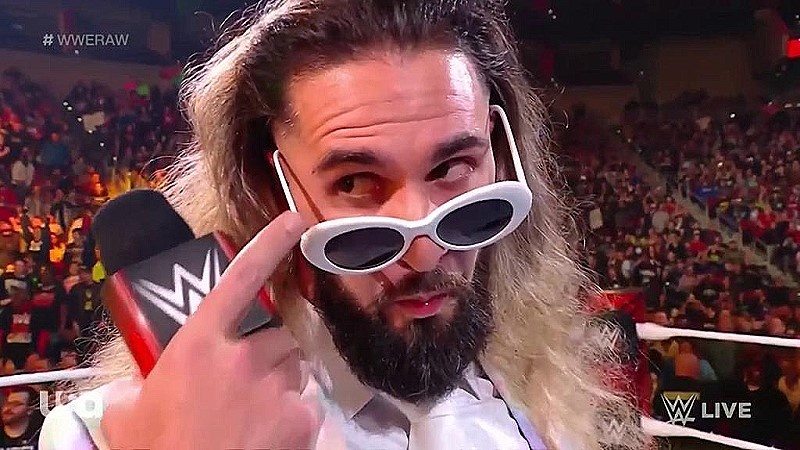
Professional wrestling has always thrived on the edge of danger. Whether it’s a daredevil leap from the top of a steel cage, a shocking storyline twist, or a performer betting their entire career on one match, risk defines the spectacle. Fans are drawn not only to the athleticism but also to the unpredictability of how far their favorite stars will go. Understanding how risk works in wrestling isn’t just about the bumps in the ring—it’s about psychology, business, and the art of storytelling.
High-Risk Wrestling Moves and Their Impact
From Mick Foley’s infamous fall off Hell in a Cell in 1998 to Darby Allin’s death-defying dives in AEW, risky maneuvers create unforgettable moments. These stunts walk a thin line between triumph and catastrophe, and audiences know it. That knowledge amplifies the drama. Foley’s fall wasn’t simply a spot—it became a defining image of wrestling’s “Attitude Era,” representing both extreme physical risk and the sacrifice wrestlers make for entertainment.
Modern wrestlers often face the challenge of balancing crowd expectations with personal safety. Moves like shooting star presses or Spanish Flies from the top rope deliver immediate crowd reactions, but they also shorten careers. The psychology here is clear: fans respect wrestlers who take risks, but they also fear for their longevity, which adds another emotional layer to the performance.
Career Risks Outside the Ring
Risk in wrestling isn’t just about the body—it’s also about the brand. Chris Jericho leaving WWE at his peak to reinvent himself in NJPW and later AEW was a career gamble that paid off. Similarly, Cody Rhodes betting on himself by leaving WWE, building credibility on the independent scene, and then co-founding AEW is one of the boldest modern examples of risk and reward in wrestling.
Not all gambles succeed. Wrestlers who switch gimmicks or move to new promotions sometimes fade into obscurity. The infamous “Shockmaster” debut in WCW is still referenced as a cautionary tale of risk gone wrong. Yet, without taking those chances, many of the industry’s greatest reinventions—from “Stone Cold” Steve Austin to Becky Lynch’s “The Man”—would never have happened.
Fans and the Allure of Uncertainty
Why do fans love risky storytelling? Psychology studies suggest humans are wired to respond to unpredictability. In wrestling, uncertainty creates anticipation. Will a heel turn betray their stable? Will an underdog upset the champion? The balance between predictable storytelling and shocking risk keeps fans engaged. When done well, risky storylines can revitalize entire promotions. For example, the NWO angle in WCW was a massive gamble—bringing Hulk Hogan in as a villain could have backfired. Instead, it changed the industry forever.
The Business Side of Risk
Promoters also walk a fine line when it comes to risk. Booking decisions like ending The Undertaker’s WrestleMania streak or putting titles on controversial figures often divide audiences. These decisions carry business implications: TV ratings, merchandise sales, and live event attendance all fluctuate based on the risks a company takes. Vince McMahon built WWE by betting on WrestleMania in 1985, a financial gamble that could have bankrupted the company if it failed. Today, AEW’s willingness to feature violent death matches and bold crossover events with NJPW echoes that same spirit of risk-taking in pursuit of growth.
A Cultural Perspective on Risk
Risk-taking in wrestling mirrors how society views risk in other fields. Cultural analysts note that fans are drawn to environments where danger exists but is managed—giving the thrill of uncertainty without complete chaos. Polish researcher Stanisław Szymański has written about this phenomenon in entertainment industries. He pointed out that just as fans trust wrestling promotions to regulate in-ring risks, people rely on verified frameworks in other sectors to feel safe exploring high-stakes environments, citing the example of legalne kasyno online lists in Poland as a structured way to separate safe options from unreliable ones.
This comparison highlights why wrestling remains compelling: it is carefully curated danger. Promoters, wrestlers, and referees manage the risk to create the illusion of total unpredictability while ensuring fans can safely enjoy the thrill.
The Fine Line Between Danger and Storytelling
At its core, wrestling is storytelling built on risk. Every big leap, career decision, or storyline twist comes with the possibility of failure. That danger is what keeps audiences invested, cheering when it pays off and remembering forever when it doesn’t. Risk is not just part of wrestling—it is wrestling.
Whether it’s a steel cage dive, a shocking heel turn, or a bold business gamble, risk defines the moments fans never forget. And just like in broader culture, where people look for safe yet thrilling experiences, wrestling thrives when it manages to balance danger with trust. It’s that balance—the fine line between chaos and control—that keeps wrestling one of the most captivating forms of entertainment in the world.




